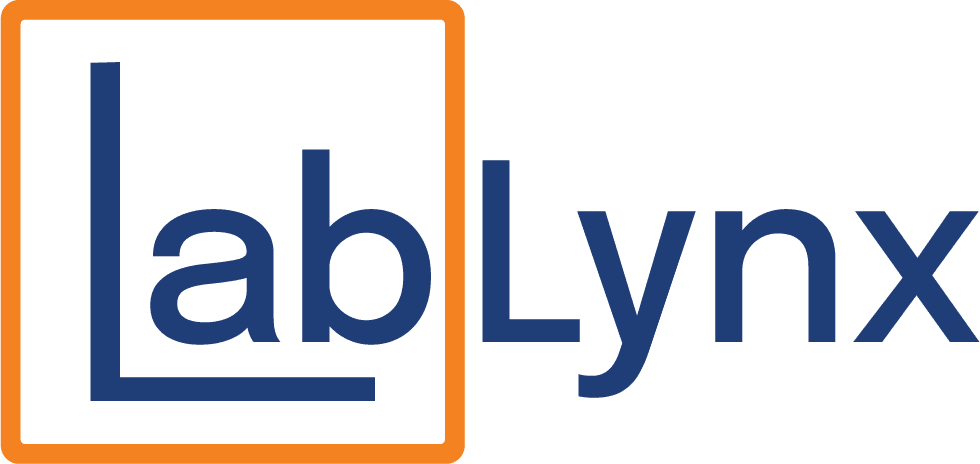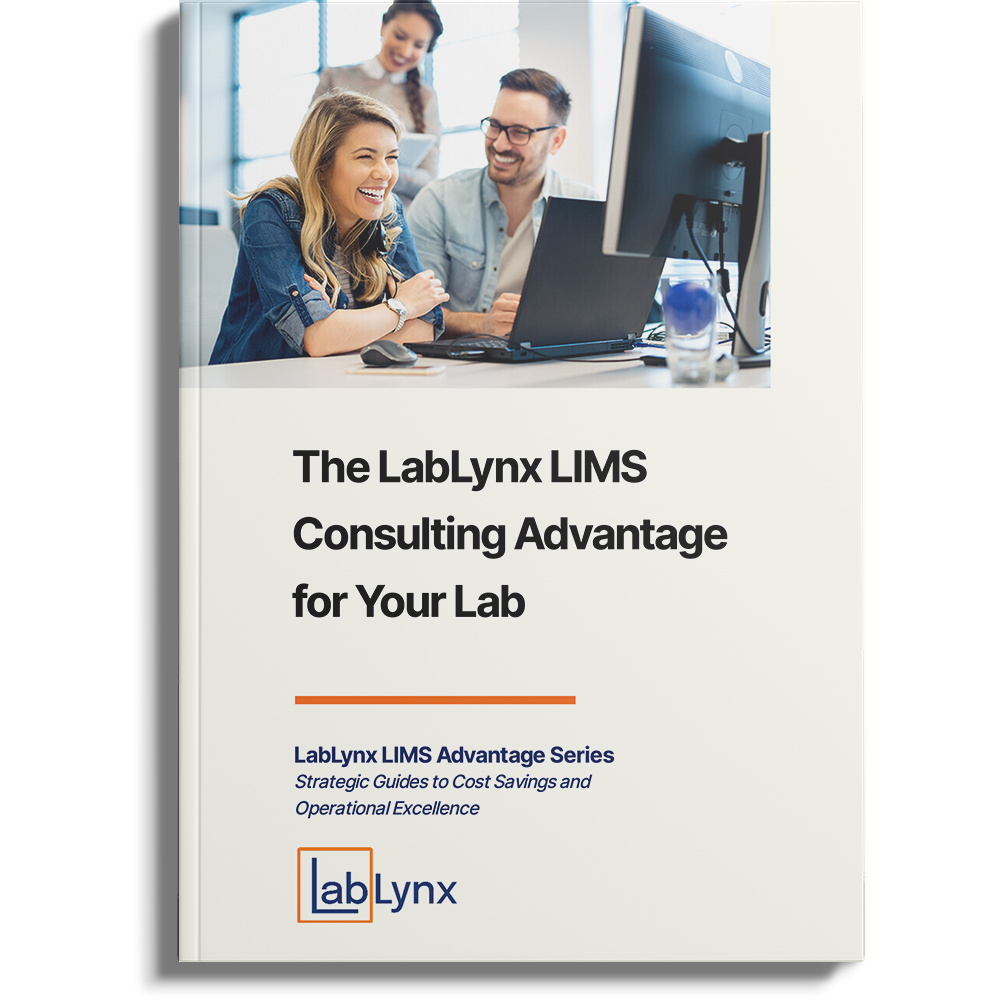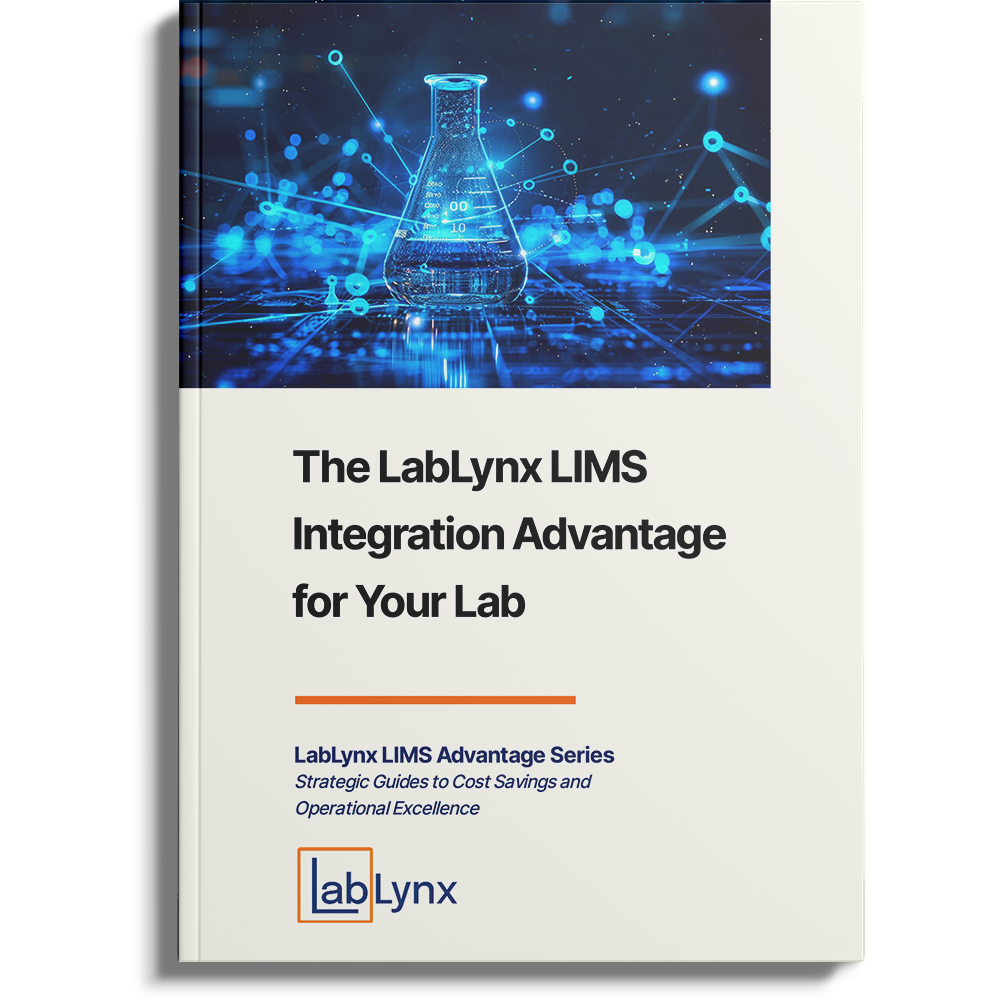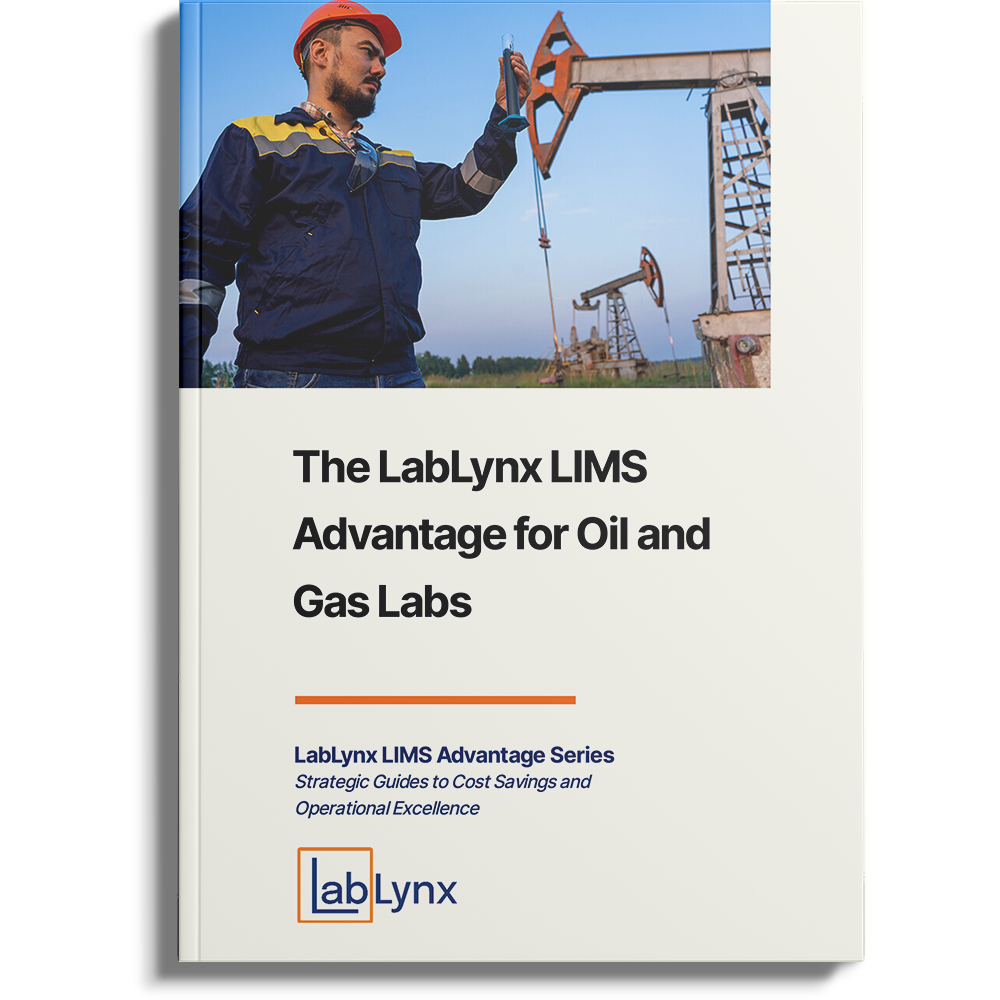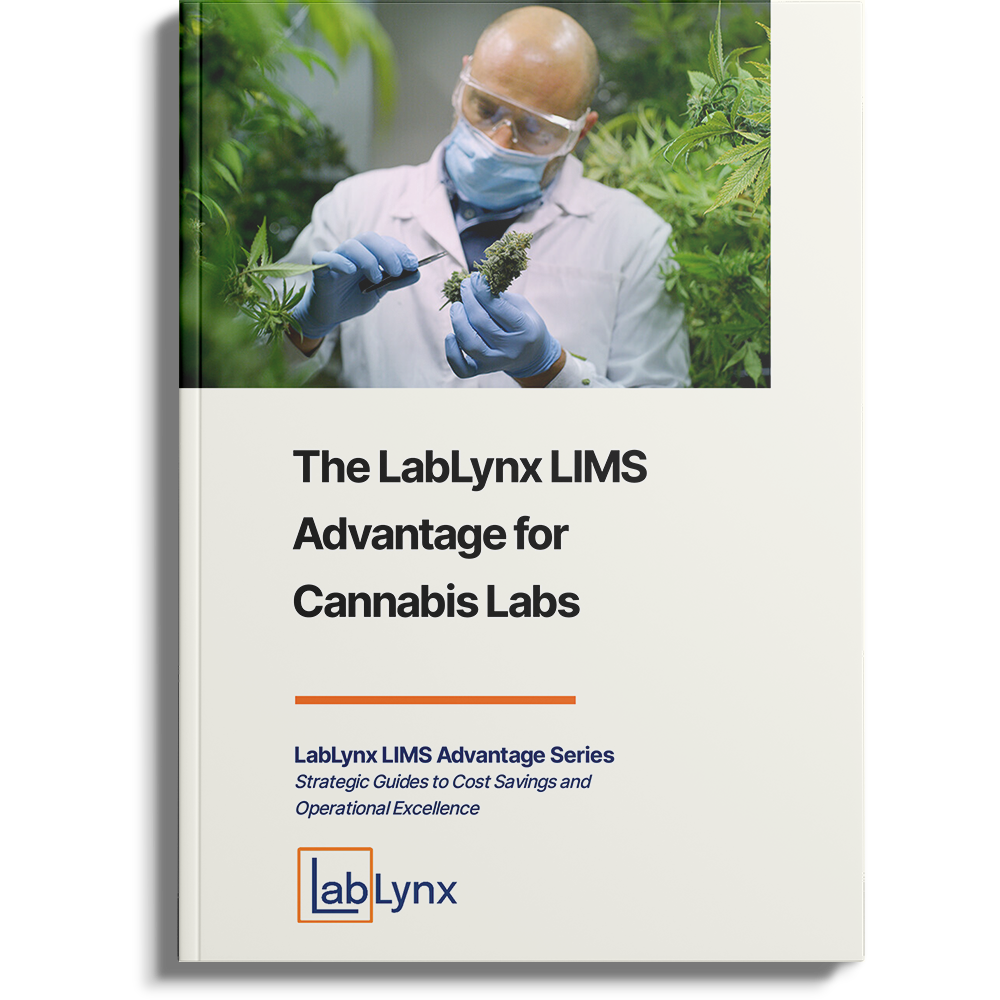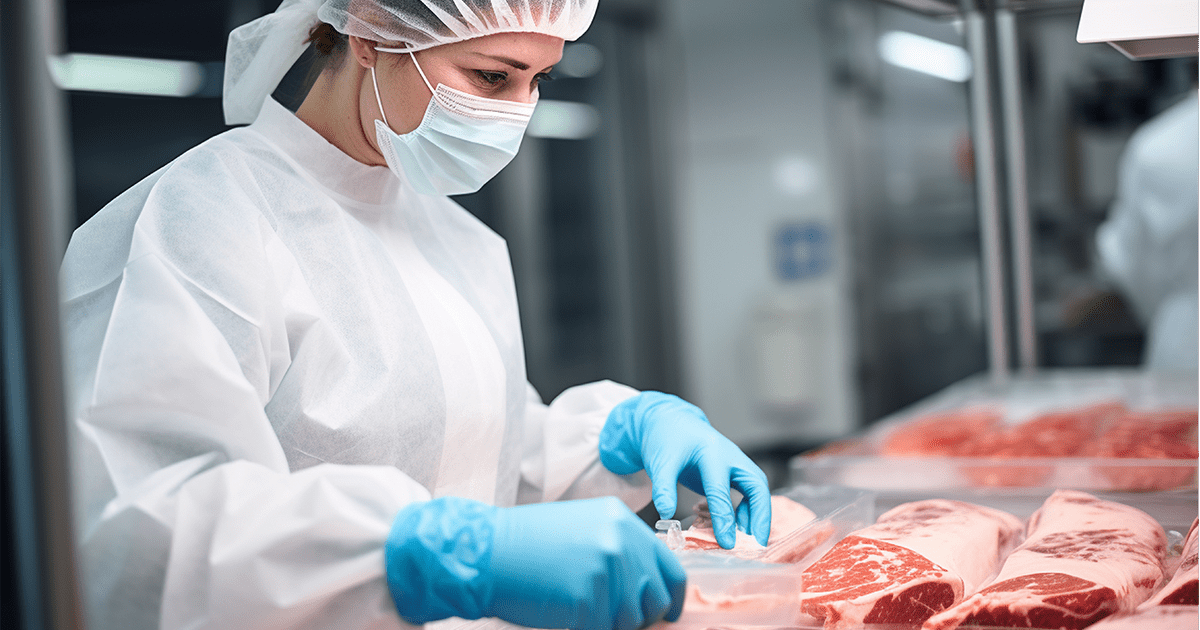
The microbiology laboratory associated with food and beverage manufacturing serves the important purpose of better ensuring the quality and safety of those who inevitably consume what’s produced. However, unlike a clinical microbiology lab, the food-safety-oriented microbiology lab has distinct sampling and analysis workflows that add challenges to any paper-based efforts to maintain compliance with those workflows to a high standard. These challenges show up in any attempts to electronically better manage those workflows, including those that turn to a laboratory information management system (LIMS). While a LIMS in general holds promise in helping such labs overcome their operational and regulatory hurdles, it will need to be purpose-built and include industry- and method-specific functionality to address the needs of the food and beverage microbiology lab.
This brief topical article will examine the sampling and analytical requirements of this lab and briefly discuss how a LIMS can be beneficial to meeting those requirements.
LIMS and microbiological sampling and analysis of foods and beverages
In the world of microbiological testing of foods, beverages, and their processing environment, the importance of proper sampling and analytical practices—including having a sound sampling plan—can’t be understated.[1][2][3][4][5] The production of properly tasting foods and beverages (i.e., of high [[Quality (business)|quality) that are safe to consume are paramount to both the consumer and producer, which is in strong part built upon solid verification and end-point sampling and testing practices throughout the entire manufacturing process, from ingredient acquisition to final product shipment. Microbiological food and beverage laboratory work in particular can be complex and necessarily differentiated from clinical microbiology workflows.
With additional regulatory and accreditation pressures being placed on these labs, paper-based systems are increasingly insufficient, requiring a laboratory information management system (LIMS) or other appropriate laboratory informatics solution tailored to the food and beverage-based microbiology lab. A LIMS for food and beverage microbiology in particular needs to properly address the nuances of sampling, analyses, charting, and reporting. This means addressing fundamental aspects of sampling such as the sampling plan, as well as the analytical aspects of methods, limits, and more.
Sampling plans are a critical component of microbiological sampling and testing practices in the food and beverage industry. Sampling plans essentially take identified sampling points within a controlled manufacturing environment and define the frequency at which those sampling points are monitored and drawn from, while linking those collected samples to one or more specific standardized test methods and analyses. The frequency may be daily, monthly, quarterly, annual, or custom-defined (or even randomized[6]), with each sampling point having it’s own requirements, often different from sample point to sample point. And of course, there are multiple objectives to sampling, from batch control and release to microbial source tracking, and this must be reflected in the sampling plan.[4]
Microbiological sampling plans are driven in part by regulatory bodies like the U.S. Food and Drug Administration (FDA) [7][8] and industry advocates such as Campden BRI and its G78 Sampling for food safety – A practical guide industry guidance[9], as well as compulsion or requirement to conform or be accredited to standards such as ISO 2859 Sampling procedures for inspection by attributes.[10] Despite the wide variability that can be found in sampling plans, they tend to fall into two categories: attributes plans and variables plans. Broadly speaking, attributes plans are useful when little or no information is known about a food processing method or the past performance of a food or beverage producer but presence/absence testing is required; this is common for regulated testing at points of entry, as found with adulteration testing. Variables sampling plans, on the other hand, are useful where the frequency distribution of microorganisms within a given food or beverage lot is known or can easily be assumed. This type of sample plan is more applicable to food and beverage manufacturers conducting verification and end-point testing in their production processes.[1][2][11] A LIMS can either directly support these two categories directly by providing tools to develop and enforce a sampling plan through the LIMS’ workflow, sample, and location management tools (more ideal), or indirectly by supporting robust document management and access for any uploaded sampling plan (less ideal).
Regardless of the sampling plan, a well-designed LIMS can make enacting that plan easier in a number of ways. First, resource planning and QC within the lab are vital to a lab’s goal of having accurate and timely sampling and analyses, which better ensures resources such as instruments, equipment, and personnel are more efficiently scheduled, maintained, and put to positive use, and that sampling and analytical procedures are true to standardized methods and standard operating procedures.[1][12] Given the variable frequency, the potential for high sample volumes, and the differences of sampling and analytical methods at differing sampling points, a LIMS’ ability to manage schedules, enforce standardized methods and workflows, and send alerts further helps the lab enact its sampling plan. In some cases, microbiological sampling and analyses may be required outside the manufacturing plant, for example at a point of distribution or at an ingredient or raw food supplier’s facility. In this case, a well-developed LIMS that has strong mobile support, as well as scheduling of samplers and analysts to remote locations, can better allow for field sampling and the management of on-site microbiological test results, in turn supporting any field-based sampling plans.[6] In summation, a LIMS’ ability to handle numerous aspects of sample and resource management, from scheduling to final analysis and reporting, streamlines sampling workflows and enhances the accuracy of results, bolstering any microbiology lab’s sampling plan. 
Second, a sampling plan is further enhanced by a LIMS’ ability to improve the scientifically and legally defensible nature of sampling and analytical data (i.e., data integrity). For example, a LIMS that supports barcoded and RFID sample management will minimize hand-entered sample IDs (and in turn reduce errors in sample receipt, scheduling, and tracking) and better ensure proper metadata (e.g., time, date, sample taker) are associated with each sample. When properly entered into the system as such, the LIMS can then quickly and accurately move it to the next step of the workflow, or it can identify an abnormality or missing metadata and flag or alert it for immediate action so that the timely nature of sampling and analysis can be maintained. Of course, the audit trail of the LIMS itself also aids in the defensibility of sampling data, as when implemented properly, it will document every step of the process, including any modifications, overrides, or approvals of results. The LIMS can also enforce hold times and requirements for blanks, and some even allow for environmental monitoring of sample preservation locations (e.g., tracking of ambient and storage temperature) to ensure regulatory requirements are being met.[1][13][14][15]
However, as the reader should quickly notice, these aspects of a LIMS aren’t useful for only sampling plans and sample management, but also the analytical testing of food and beverage samples. This includes specific types of analyses, including stability and environmental testing.[16][17] Most if not all the principles applied to sampling and sampling plans can also be applied to analytical testing. The scheduling, instrument maintenance tracking, sample tracking, audit trail, and barcode and RFID support provided by the LIMS also benefits analytical microbiology practices, that can vary as much as the type of food or beverage substrate and microbiological hazards associated with that substrate.[16] The sheer number and complexity of available standardized microbiology test methods alone can be a daunting task to any paper-based microbiology lab, and managing and assigning those test methods to specific analytical tasks automatically through the LIMS can be highly appealing.
That being said, a mediocre LIMS vendor approach to microbiology testing, and any naive assumptions of an IT department selecting the LIMS for the lab, can be problematic, as it can be difficult for even well-designed LIMS to meet the needs of microbiology laboratories conducting verification and end-point testing throughout the manufacturing chain.[18] As noted above concerning sampling, location (i.e., the sample point) is vital, and any LIMS must be flexible enough to associate practically most sample data to a location. Also mentioned was data integrity and the defensibility of sampling data in the LIMS, and of course this applies to analytical data as well (truly all data, for meeting data integrity requirements). This includes ensuring that data entered into the system is contemporaneous, which can be difficult given that inline monitoring devices such as particle counters and endotoxin detection systems may not be directly interfaceable to a LIMS solution, requiring some sort of middleware solution that can collect the data from those instruments and send it over a network that is rock-solid and highly available to the LIMS or some instrument data system (IDS) or manufacturing execution system (MES) integrated to the LIMS.[18][19] The LIMS also should be able to fully handle environmental monitoring data such that robust trend analysis can quickly and efficiently be performed on it, while at the same time allowing an analyst to quickly pull up critical metadata such as sampling personnel involved, organism identified, and the associated action limits for that organism all from one location.[18]
Conclusion
This brief article sought to answer how a food and beverage microbiology laboratory can benefit from a well-developed and purpose-built LIMS. Noting the vital nature of using well-developed and standardized sampling and test methods—often driven by regulations and accreditation requirements—we discover that a LIMS can address these sampling and analytical needs in multiple ways. The sampling plan requires particular attention, and the LIMS’ sample management, instrument management, personnel management, maintenance management, location management, and data analysis and visualization tools can lessen the burden of implementing and enforcing a sampling plan. Additionally, a LIMS robust audit trail functionality and other data integrity tools help to better ensure sampling and analytical data is scientifically and legally defensible. However, while a LIMS holds promise towards benefiting these microbiology labs, a plain all-purpose LIMS may not be enough, particularly given issues with the distinct locations sampling takes place in the manufacturing chain, more specifically the need for contemporaneous data. Additionally, the LIMS must have trend analysis tools and be organized such that all relevant data and metadata to a sample event or analysis can be accessed from one location.
References
- Jackson, T. (2023). “Management of Microbiological Hazards: Role of Testing as Verification”. In Andersen, V.; Lelieveld, H.; Motarjemi, Y.. Food Safety Management: A Practical Guide for the Food Industry (2nd ed.). Elsevier, Inc. pp. 851–72. ISBN 9780128200131. https://books.google.com/books?id=3TpwEAAAQBAJ&printsec=frontcover
- Erkmen, Osman (2022). “Practice 1: Sampling and sample preparation techniques”. Microbiological analysis of foods and food processing environments. London San Diego, CA Cambridge, MA Kidlington, Oxford: Academic Press, an imprint of Elsevier. pp. 3–12. ISBN 978-0-323-91651-6. https://books.google.com/books?id=6kU6EAAAQBAJ&printsec=frontcover
- Focker, M.; van Asselt, E.D.; van der Fels-Klerx, H.J. (2023). “Designing a risk-based monitoring plan for pathogens in food: A review” (in en). Food Control 143: 109319. doi:10.1016/j.foodcont.2022.109319. https://linkinghub.elsevier.com/retrieve/pii/S0956713522005126
- De Loy-Hendrickx, A.; Vermeulen, A.; Jacxxens, L. et al. (2018). “Part II: Sampling”. In Mieke, U.. Microbiological Guidelines: Support for Interpretation of Microbiological Test Results of Foods. Die Keure. pp. 95–136. ISBN 9782874035036. https://books.google.com/books?id=pG1UDwAAQBAJ&pg=PT108
- International Commission on Microbiological Specifications for Foods (2018). Microorganisms in Foods 7: Microbiological Testing in Food Safety Management (2nd ed.). Springer International Publishing. doi:10.1007/978-3-319-68460-4. ISBN 978-3-319-68458-1. http://link.springer.com/10.1007/978-3-319-68460-4
- “Autoscribe Integrates Field Sample Planning and Scheduling Management”. Autoscribe Blog. Autoscribe Informatics, Inc. 28 April 2020. Retrieved 09 February 2024. https://www.autoscribeinformatics.com/resources/blog/autoscribe-integrates-field-sample-planning-and-scheduling-management
- “Sampling to Protect the Food Supply”. U.S. Food and Drug Administration. 13 June 2023. Retrieved 09 February 2024. https://www.fda.gov/food/compliance-enforcement-food/sampling-protect-food-supply
- “HACCP Principles & Application Guidelines”. U.S. Food and Drug Administration. 25 February 2022. Retrieved 09 February 2024. https://www.fda.gov/food/hazard-analysis-critical-control-point-haccp/haccp-principles-application-guidelines
- Voysey, P.A.; Jewell, K.; Alldrick, A.J. (2019). G78 Sampling for food safety – a practical guide. Campden BRI. ISBN 9780907503934. https://www.campdenbri.co.uk/publications/publication.php?publicationId=1af6361b-86be-e911-819f-0050569719df
- “ISO 2859-1:1999 Sampling procedures for inspection by attributes – Part 1: Sampling schemes indexed by acceptance quality limit (AQL) for lot-by-lot inspection“. International Organization for Standardization. November 1999. Retrieved 09 February 2024. https://www.iso.org/standard/1141.html
- International Commission on Microbiological Specifications for Foods (2018). “Chapter 7: Sampling Plans”. Microorganisms in Foods 7: Microbiological Testing in Food Safety Management (2nd ed.). Springer International Publishing. pp. 145–64. doi:10.1007/978-3-319-68460-4. ISBN 978-3-319-68458-1. http://link.springer.com/10.1007/978-3-319-68460-4
- “High Volume Environmental Monitoring: LabWare LIMS Solutions”. LabWare blog. LabWare, Inc. 6 April 2021. Retrieved 09 February 2024. https://www.labware.com/blog/meet-challenges-high-sample-volumes-environmental-monitoring
- Tyer, M.. “How to Ensure Environmental Sampling Data Are Scientifically Sound and Legally Defensible”. Hargis & Associates Blog. Hargis & Associates, Inc. Retrieved 09 February 2024. https://www.hargis.com/blog/how-to-ensure-environmental-sampling-data-are-scientifically-sound-and-legally-defensible/
- Partnership for Food Protection Laboratory Task Group (1 November 2013). “Food/Feed Testing Laboratories Best Practices Manual (Draft)” (PDF). https://www.fda.gov/media/88973/download
- Partnership for Food Protection Laboratory Science Workgroup (December 2018). “Human and Animal Food Testing Laboratories Best Practices Manual” (PDF). https://www.aphl.org/programs/food_safety/APHL%20Documents/LBPM_Dec2018.pdf
- O’Connor, L.; Lenahan, M.; McCormack, U. et al. (9 June 2022). “Microbiological testing: What food businesses need to know”. SafeFood.com. SafeFood. Retrieved 09 February 2024. https://www.safefood.net/professional/food-safety/laboratories/micro-food-testing
- “Enabling Food Safety with SampleManager LIMS”. CSols, Inc. 12 August 2021. Retrieved 09 February 2024. https://www.csolsinc.com/blog/use-samplemanager-lims-stop-food-borne-pathogens/
- Kelley, R. (2019). “MODA Solution – The Gap Between LIMS Capabilities and QC Microbiology Needs” (PDF). Lonza Wayne, Inc. Retrieved 09 February 2024. https://www.lonzabioscience.com.au/wp-content/uploads/2022/05/MODA-The-gap-between-LIMS-and-QC.pdf
- “LIMS in a Shop Floor IT Landscape”. FrontWell Solutions GmbH. 4 June 2023. Retrieved 09 February 2024. https://www.frontwell-solutions.com/blog/lims-3/lims-in-a-shop-floor-it-landscape-21
